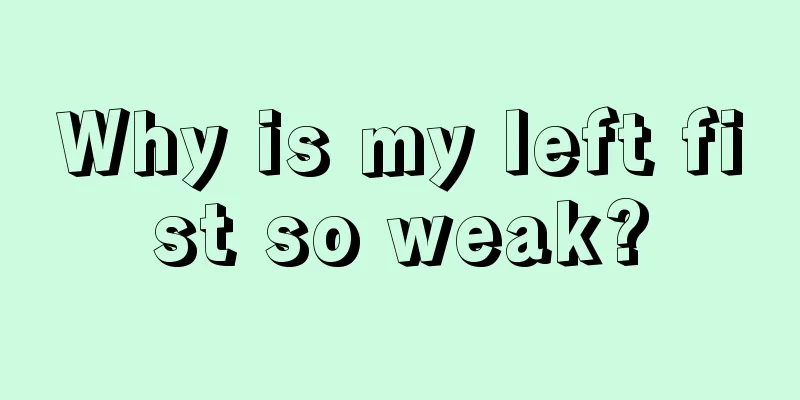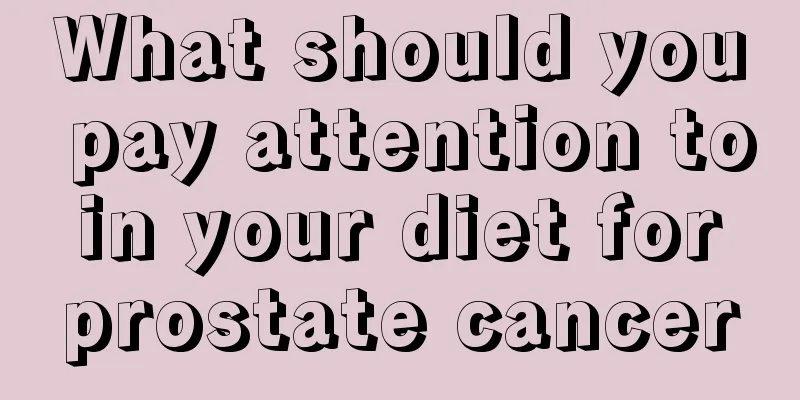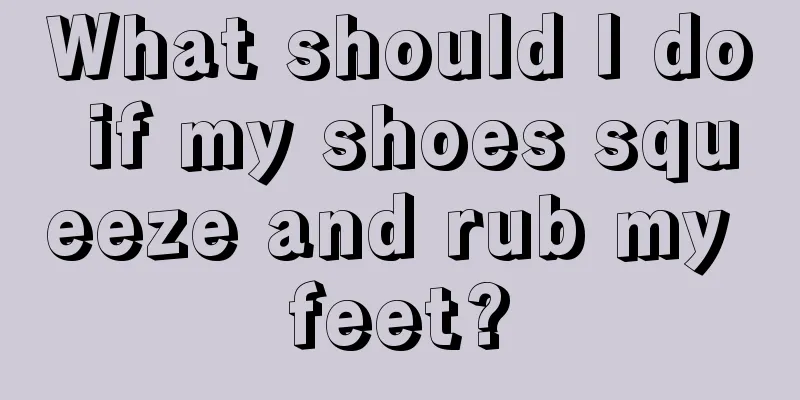Why is my left fist so weak?

|
People's advantageous parts are arms, because arms are the most used part. Usually, hand strength is needed when grabbing anything, waving or lifting things. If you feel that you have no strength when clenching your fists, and your entire upper limbs feel numb and swollen, this may be due to excessive force or a nerve problem. Lateral epicondylitis is a chronic traumatic inflammation of the origin of the common extensor tendon. Its main symptoms are persistent pain in the lateral epicondyle of the humerus or pain in the lateral part of the elbow, soreness and swelling in the forearm, and weakness in the hand. The pain is obvious when wringing a towel, lifting objects, or holding bowls and basins. In severe cases, it can affect sleep. Therefore, although this disease does not affect life, it causes serious obstacles to daily life. Since pain and numbness can radiate along the radial extensor muscle of the forearm, it can be easily mistaken for cervical spondylosis. The lateral epicondyle of the humerus (the bony protrusion that can be touched on the outside of the elbow joint) is the common attachment point for the forearm extensors, such as the radial carpi longus, brevis, extensor digitorum commonus, supinator, and extensor carpi ulnaris. The main functions of these muscles are wrist extension, finger extension, and forearm rotation; actions such as twisting a towel and holding a bowl mainly involve wrist extension and forearm backward rotation. When lifting objects, wrist and finger extension must occur. When they coexist with chronic damage to the tendon at the origin, it can cause pain, resulting in inability to perform the above movements or inhibition: The forearms are sore and the hands are weak, and there is a tendency to lose control when lifting things. Lateral epicondylitis sometimes coexists with cervical spondylosis. In this case, in addition to pain in the lateral epicondyle of the humerus, there may also be neck pain and discomfort, numbness of the fingertips or muscle atrophy of the hand. Sometimes lateral epicondylitis coexists with compression of the deep or superficial branch of the radial nerve. At this time, the patient may experience weakness in wrist dorsiflexion or numbness in the back of the hand and the base of the thumb. In general, simple lateral humeral epicondylia is not accompanied by numbness in the base of the thumb, wrist dorsiflexion disorder, or elbow joint movement disorder, but there is an obvious tenderness point in the lateral condyle of the humerus. The disease is not difficult to diagnose, but difficult to treat. Rest is one way to relieve the symptoms of dogs. Local injection of drugs is effective for some cases, but repeated injections are not recommended, that is, if the injection is inaccurate, there will be no effect. Some people have reported that holding a 2-pound weight in the affected limb and repeatedly flexing and extending the affected elbow twice a day for half an hour each time may be effective. Taking some anti-inflammatory and analgesic drugs such as Voltaren and Tylenol at the same time can have a better effect. Since 1988, the author has conducted a series of studies on the etiology, pathology and diagnosis of lateral epicondylitis and found that long-term recurrent chronic lesions and chronic injury tendinitis are primary pathological changes, but not the main cause of pain. The main cause of pain is that the degenerated tendon compresses the microvascular nerve bundles passing through the area, which is a secondary pathological change. Based on this theory, a surgical plan for the treatment of lateral epicondylitis was designed. The surgery mainly involves resection of the origin of the common extensor tendon and the microvascular nerve bundle, or subperiosteal stripping of the extensor insertion point of the lateral epicondyle of the humerus. The operation is performed under local anesthesia, does not require hospitalization, is simple, and has little impact on the patient. Nearly 10 years of follow-up have shown that this surgical method has a certain therapeutic effect. Therefore, surgical treatment may be used for patients with long-term chronic lateral epicondylitis. |
<<: What does it mean that Qi flows on the left and blood flows on the right?
>>: What to do if you feel weak all over after sex
Recommend
Eyes have wrinkles when smiling
As we age, our bodies will deteriorate, especiall...
Can radish and watermelon be eaten together
Watermelon is one of people's favorite fruits...
How to drink Lotus Fragrance Slimming Tea?
Lotus scented slimming tea is a tea drink mainly ...
What underwear should I wear when running?
Exercise is a common method of health care, and f...
How is teratoma formed
Teratoma is a common germ cell tumor that origina...
What should I do if my shoes rub my feet?
If the shoes you just bought are too big, then th...
What method can be used to cure advanced lung cancer? Is thoracoscopic treatment of lung cancer better than open chest surgery?
With the accelerated pace of people's lives a...
Local clinical manifestations of lymphoma
Non-Hodgkin's lymphoma (NHL) and Hodgkin'...
Can lilies be placed in the bedroom?
Lily is a flower with extremely high ornamental v...
Why is itching outside the ear so serious?
Itching on the outside of the ears is a common co...
When is the best time to brush your teeth?
I believe everyone will feel confused when seeing...
The harm of smoking to heart disease
More and more people smoke, from people in their ...
What causes diarrhea after drinking? Understanding the cause will help you recover quickly
Drinking and eating barbecue in summer is a very ...
Redness, swelling and pain in the upper jaw
Today we are going to talk about redness, swellin...
Is copper harmful to the human body? What are the effects?
Copper is a metal ion element. Copper grows on ir...









